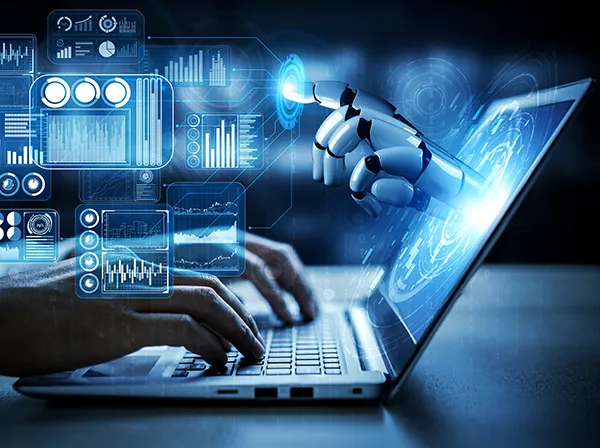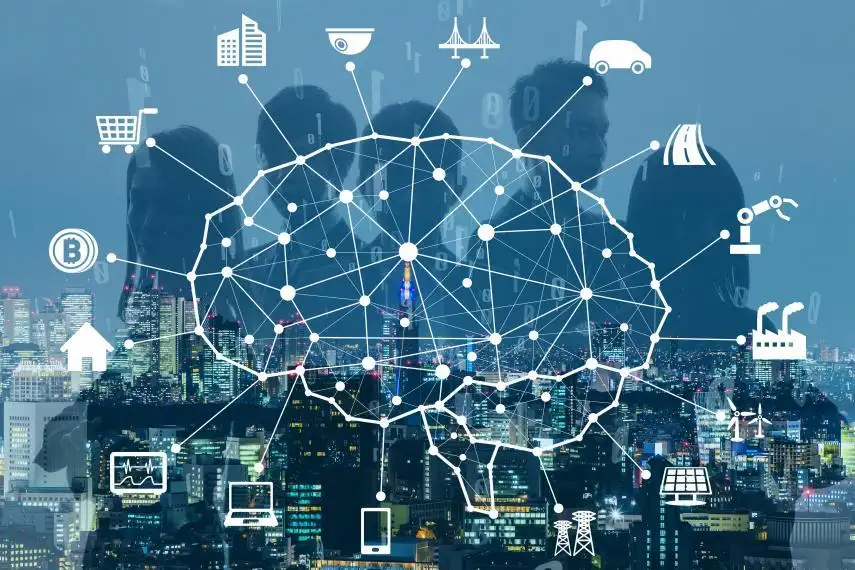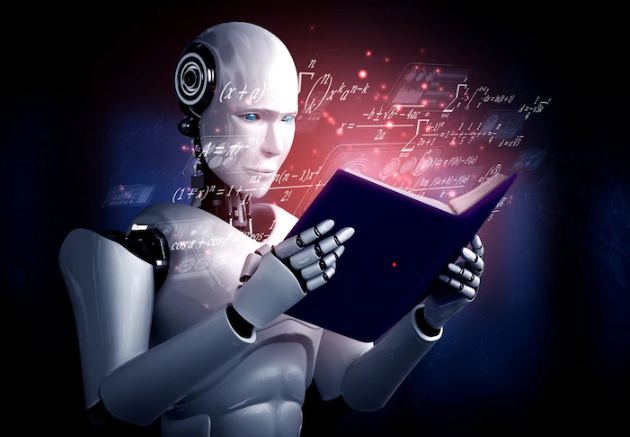As deep learning continues to evolve, its expanding scope touches upon more sophisticated techniques, transformative applications, and profound societal impacts. This section delves further into the nuances and forward-looking perspectives of deep learning.
Advanced Concepts and Techniques
- Continual Learning (Lifelong Learning):
- Concept: Continual learning enables models to learn continuously from a stream of data, adapting to new information without forgetting previously learned tasks. This is critical for developing AI that remains relevant over time.
- Techniques: Methods like Elastic Weight Consolidation (EWC) and Progressive Neural Networks help prevent catastrophic forgetting by preserving important weights or by dynamically expanding the network.
- Hierarchical Reinforcement Learning:
- Concept: This approach breaks down complex tasks into simpler, hierarchical sub-tasks, each handled by separate policies or models. It enhances the learning efficiency and scalability of reinforcement learning systems.
- Applications: Hierarchical reinforcement learning is applied in areas like robotics (for sequential task execution) and game playing (for strategic decision-making).
- Graph Neural Networks (GNNs):
- Concept: GNNs are designed to work with graph-structured data, capturing relationships and dependencies between nodes. They are powerful for tasks where the data naturally forms a graph, such as social networks and molecular structures.
- Applications: GNNs are used in recommendation systems, fraud detection, and drug discovery, leveraging their ability to model complex relationships.
- Causal Inference in Deep Learning:
- Concept: Incorporating causal reasoning into deep learning models helps distinguish correlation from causation, leading to better decision-making and generalization.
- Techniques: Methods like causal graphs and counterfactual reasoning are integrated into neural networks to enhance their interpretability and robustness.
Cutting-Edge Research Directions
- Multi-Agent Systems:
- Concept: Multi-agent systems involve multiple AI agents interacting and learning together. These systems are designed to solve tasks that require cooperation, competition, or both.
- Applications: Multi-agent reinforcement learning is used in autonomous vehicle coordination, resource management, and complex strategy games.
- Neuro-Symbolic AI:
- Concept: This hybrid approach combines neural networks’ learning capabilities with symbolic reasoning’s logical structure. It aims to create systems that can both learn from data and reason about the world.
- Applications: Neuro-symbolic AI is applied in knowledge representation, automated reasoning, and natural language understanding, improving the interpretability and accuracy of AI systems.
- Synthetic Data Generation:
- Concept: Synthetic data generation involves creating artificial data that mimics real-world data distributions. This helps overcome the limitations of data scarcity and privacy concerns.
- Techniques: GANs and VAEs are commonly used to generate synthetic data for training models in scenarios where real data is unavailable or insufficient.
- AI and Neuroscience Convergence:
- Concept: Insights from neuroscience are increasingly informing AI research, leading to the development of more brain-like algorithms and architectures.
- Applications: This convergence is seen in neuromorphic computing, where hardware is designed to mimic neural structures, and in cognitive AI, where models are inspired by human cognitive processes.
Real-World Applications and Impacts
- Healthcare and Precision Medicine:
- Personalized Treatment Plans: AI analyzes patient data to tailor treatment plans, considering genetic, environmental, and lifestyle factors.
- Predictive Analytics: Deep learning models predict disease outbreaks and patient outcomes, aiding in preventive healthcare and efficient resource allocation.
- Agriculture and Food Security:
- Precision Farming: AI optimizes agricultural practices through soil analysis, crop monitoring, and yield prediction, improving productivity and sustainability.
- Supply Chain Optimization: AI enhances the efficiency of food distribution networks, reducing waste and ensuring timely delivery of perishable goods.
- Energy and Resource Management:
- Smart Grids: AI manages electricity distribution, balancing supply and demand, reducing outages, and integrating renewable energy sources.
- Resource Optimization: AI-driven systems monitor and optimize the use of water, minerals, and other natural resources, promoting sustainable development.
- Education and Personalized Learning:
- Adaptive Learning Platforms: AI tailors educational content to individual learning styles and paces, enhancing student engagement and outcomes.
- Automated Assessment: AI systems provide real-time feedback and grading, freeing up educators to focus on personalized instruction.
Societal and Ethical Considerations
- Transparency and Explainability:
- Challenges: As AI systems become more complex, understanding their decision-making processes becomes more difficult, raising concerns about transparency.
- Solutions: Developing explainable AI (XAI) techniques that provide clear, interpretable insights into model behavior is crucial for trust and accountability.
- Bias and Fairness:
- Challenges: AI systems can inadvertently perpetuate biases present in training data, leading to unfair outcomes.
- Solutions: Implementing fairness-aware algorithms, diverse training datasets, and rigorous testing for bias helps ensure equitable AI systems.
- Privacy and Data Security:
- Challenges: The widespread use of AI raises concerns about data privacy and security, particularly with personal and sensitive information.
- Solutions: Techniques like federated learning, differential privacy, and secure multi-party computation protect data privacy while enabling collaborative AI development.
- Job Displacement and Economic Impact:
- Challenges: Automation and AI-driven technologies can lead to job displacement, particularly in routine and manual labor sectors.
- Solutions: Investing in reskilling and upskilling programs, promoting human-AI collaboration, and creating new job opportunities in AI-related fields can mitigate economic disruptions.
Future Trajectories
- Convergence of AI with Other Technologies:
- IoT and AI: The integration of AI with the Internet of Things (IoT) creates intelligent systems that can sense, analyze, and act upon data in real-time, driving innovations in smart homes, cities, and industries.
- Blockchain and AI: Combining AI with blockchain technology enhances data security, transparency, and trust, particularly in decentralized applications and digital identity management.
- AI for Global Challenges:
- Climate Change Mitigation: AI models help in predicting and mitigating the effects of climate change, optimizing energy usage, and developing sustainable practices.
- Public Health: AI aids in monitoring and managing public health crises, predicting disease outbreaks, and improving healthcare delivery systems globally.
- Human-Centric AI:
- Empathetic AI: Developing AI systems that understand and respond to human emotions, improving interactions in areas like mental health support, customer service, and education.
- AI Ethics and Governance: Establishing robust ethical frameworks and governance structures to ensure AI development aligns with human values and societal good.
- Quantum AI:
- Quantum Computing Integration: Leveraging quantum computing to solve complex problems that are currently infeasible for classical computers, accelerating advancements in fields like cryptography, material science, and large-scale optimization.
- Hybrid AI Systems: Developing hybrid systems that combine classical and quantum computing techniques to enhance computational efficiency and problem-solving capabilities.
Conclusion
Deep learning’s journey is one of continuous discovery and innovation, pushing the boundaries of artificial intelligence. By embracing advanced techniques, addressing ethical challenges, and exploring future directions, we can unlock the full potential of deep learning. The focus on creating transparent, fair, and human-centric AI systems ensures that the benefits of this technology are realized in ways that positively impact society and contribute to global progress. As we move forward, the synergy between deep learning and other emerging technologies promises to drive transformative changes across all facets of life, paving the way for a smarter, more sustainable, and equitable world.


